#bee mimic
Text
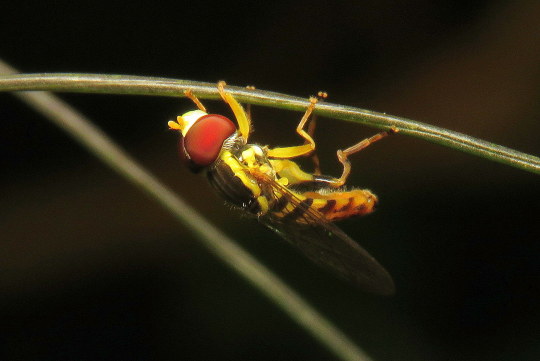
Bug of the Day
A wee hoverfly (Toxomerus geminatus) resting on a blade of fennel.
#hoverfly#Eastern calligrapher#bee mimic#fly#Toxomerus geminatus#Toxomerus#Syrphidae#Diptera#insect#that's not a bee!#bug of the day#BotD
209 notes
·
View notes
Text
The Oriental Blue Clearwing Moth: these moths were regarded as a "lost species" for more than 130 years, until they were finally sighted again in 2013
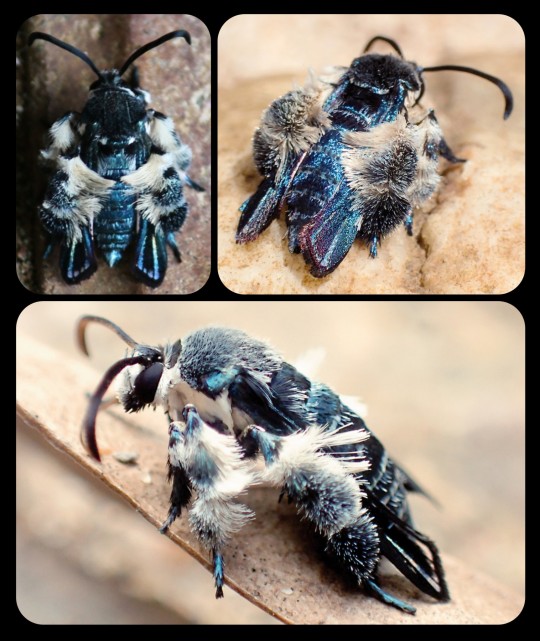
For more than 130 years, the Oriental blue clearwing moth (Heterosphecia tawonoides) was known only from a single, badly damaged specimen that was collected in Sumatra in 1887. There were no recorded sightings of this species again until 2013, when entomologist Dr. Marta Skowron Volponi unexpectedly found the moths feeding on salt deposits that had accumulated along the riverbanks in Malaysia's lowland rainforest.

These moths were observed by researchers again in 2016 and 2017, and research indicates that the moths are actually bee-mimics, as they mimic the appearance, sound, behavior, and flight patterns of local bees. Their fuzzy, bright blue appearance might seem a little out of place for a bee-mimic, but those features do appear in several different bee species throughout Southeast Asia.
When the moths are in flight, they bear a particularly strong resemblance to the bees of the genus Thyreus (i.e. cuckoo bees, otherwise known as cloak-and-dagger bees), several of which are also bright blue, with banded markings, dark blue wings, fuzzy legs, and smooth, rounded antennae. The physical resemblance is compounded by the acoustic and behavioral mimicry that occurs when the moths are in flight.
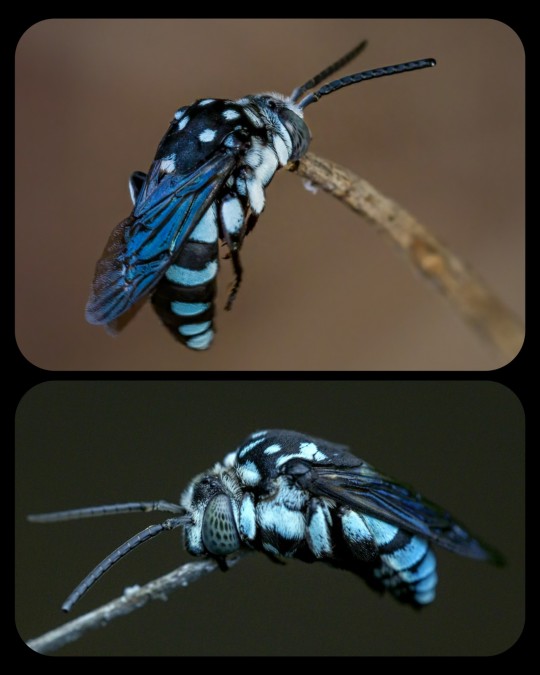
Cloak-and-Dagger Bees: the image at the top shows an Indo-Malayan cloak-and-dagger bee (Thyreus novaehollandiae) in a sleeping position, holding itself upright with its mandibles clamped onto a twig, while the image at the bottom shows a Himalayan cloak-and-dagger bee (T. himalayensis) resting in the same position
The moths also engage in "mud-puddling" among the various bees that congregate along the riverbanks; mud-puddling is the process whereby an insect (usually a bee or a butterfly) draws nutrients from the fluids found in puddles, wet sand, decaying plant matter, carrion, animal waste, sweat, tears, and/or blood. According to researchers, the Oriental blue clearwing moth was the only lepidopteran that was seen mud-puddling among the local bees.
Dr. Skowron Volponi commented on the unusual appearance and behavior of these moths:
You think about moths and you envision a grey, hairy insect that is attracted to light. But this species is dramatically different—it is beautiful, shiny blue in sunlight and it comes out during the day; and it is a master of disguise, mimicking bees on multiple levels and even hanging out with them. The Oriental blue clearwing is just two centimeters in size, but there are so many fascinating things about them and so much more we hope to learn.
This species is still incredibly vulnerable, as it faces threats like deforestation, pollution, and climate change. The president of Global Wildlife Conservation, which is an organization that seeks to rediscover "lost species," added:
After learning about this incredible rediscovery, we hope that tourists visiting Taman Negara National Park and picnicking on the riverbanks—the home of these beautiful clearwing moths—will remember to tread lightly and to take their trash out of the park with them. We also recommend that Americans learn about palm oil production, which is one of the primary causes of deforestation in Malaysia.
Sources & More Info:
Phys.org: Bee-Mimicking Clearwing Moth Buzzes Back to Life After 130 Years
Mongabay News: Moth Rediscovered in Malaysia Mimics Appearance and Behavior of Bees to Escape Predators
Journal of Tropical Conservation Science: Lost Species of Bee-Mimicking Clearwing Moth, H. tawonoides, Rediscovered in Peninsular Malaysia's Primary Rainforest
Frontiers in Zoology: Southeast Asian Clearwing Moths Buzz like their Model Bees
Royal Society Publishing: Moving like a Model - mimicry of hymenopteran flight trajectories by clearwing moths of Southeast Asian rainforests
Medium: Rediscovery in a Glint of Blue
re:wild.org: The "Search for Lost Species" Project
#lepidoptera#moths#heterosphecia tawonoides#oriental blue clearwing moth#entomology#insects#cute bugs#nature#animals#lost species#mimicry#evolution#bees#southeast asia#Malaysia#colorful moths#bee mimic#science
72 notes
·
View notes
Text

#insect#hoverfly#flower#bee mimic#photographers on tumblr#textless#amadee ricketts#arizona#macro#orange#marigold#fall#autumn#in the yard#garden#november
58 notes
·
View notes
Text

Day 7: Common Banded Hoverfly
My favourite little guys! They mimic bees and are very good at it
39 notes
·
View notes
Text
I just found out there is a bee moth.
Give me like 45 minutes to one hour and I will write about this creature. Because
Its
So cute
And cool
And I love it
So so so much
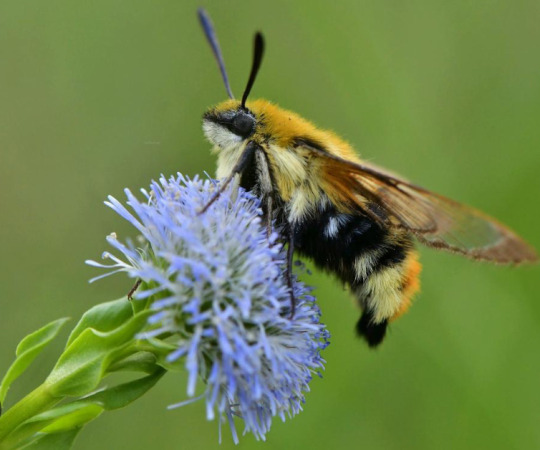

Just
Look at this
Btw, it can come to my country. Yea, I’m going to be outside a lot when it comes back here
#Bee moth#bee mimic#yea#give me some time#sadly I can’t research it rn#Because#yay#school#but I will#moths
51 notes
·
View notes
Text
There's a place nearby that had a ridiculous number of wasp and fly sightings on iNaturalist. It was such a small patch of park in the middle of the city, I wondered how that could possibly be.
...Turns out, it's a community garden right in the middle of a dog park, creating a combination of flowers, fruit, and dog poop: the perfect recipe for by far the greatest variety of flies I have ever seen in one place. Holy shit @bogleech and I saw so many hover flies, including some big fat bumblebee mimics! And a crab spider!!
Anyway today an actual bee got in my sandal and I stepped on it
317 notes
·
View notes
Photo
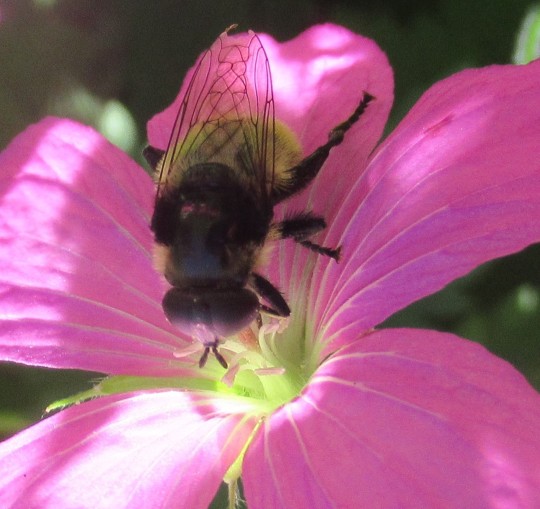



“Has anyone ever told you, you have beautiful eyes?”
#flowers#photographers on tumblr#geranium#bee mimic#beautiful#fleurs#flores#fiori#blumen#bloemen#Vancouver
119 notes
·
View notes
Text

.
cross dressing insects
masquerading as a bee
flys love flowers too
.
33 notes
·
View notes
Text
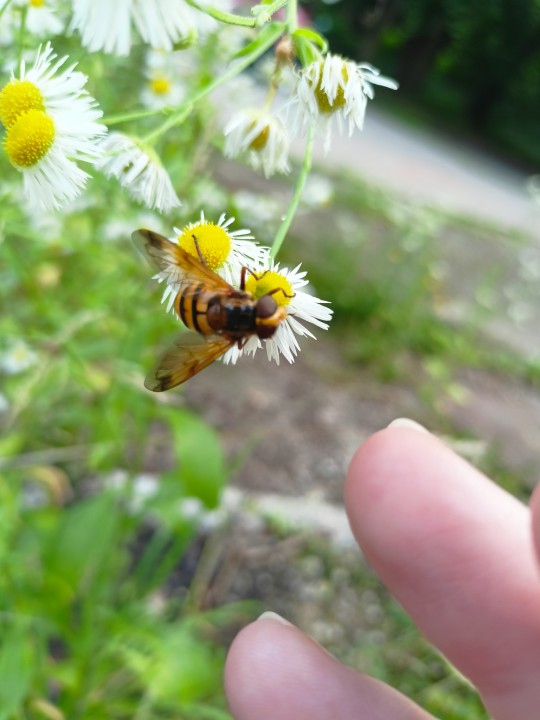
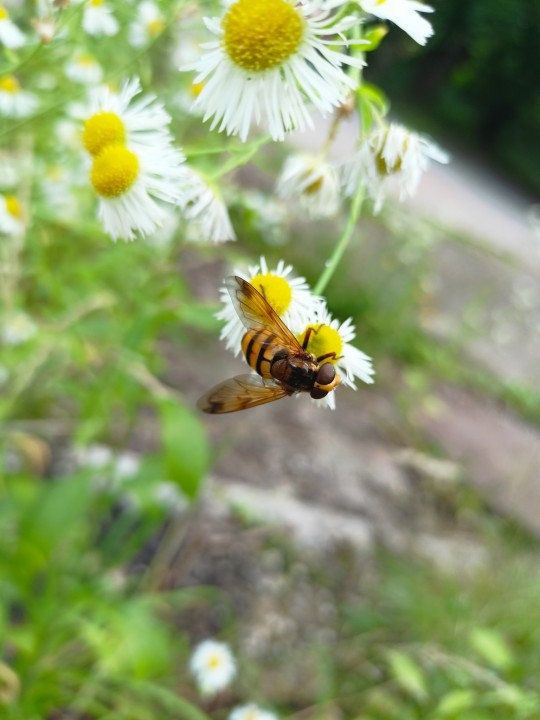
I can't believe I reblogged/ learned about the guy yesterday and today I met them in person. Volucella inanis as it seams// Trzmielówka dorodna
2 notes
·
View notes
Photo
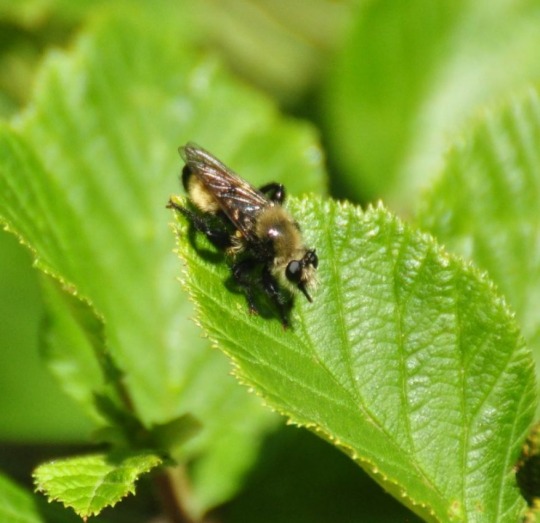

look at this bee mimic robber fly! i hung out with it until it decided to go chase a moth.
5 notes
·
View notes
Text
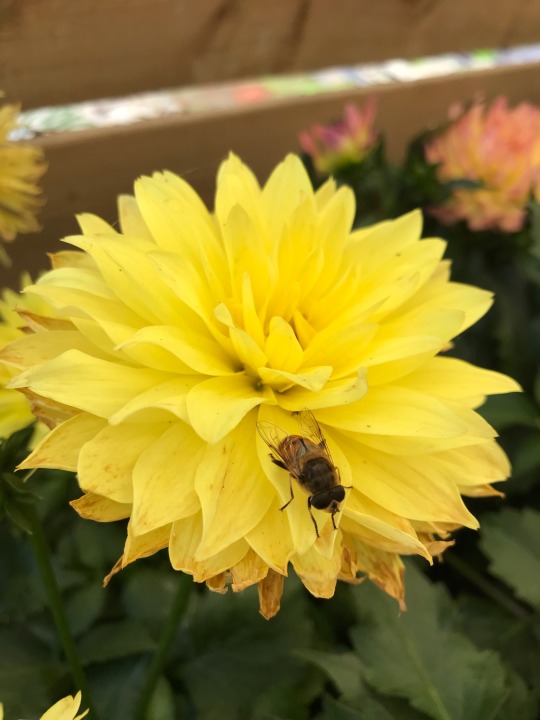
1 note
·
View note
Photo



Bee mimic assassin bug, Notocyrtus sp., Reduviidae
Photographed in Ecuador by Andreas Kay
#animals#curators on tumblr#insects#bugs#true bugs#assassin bug#bee mimic assassin bug#mimicry#one nice bug
987 notes
·
View notes
Photo
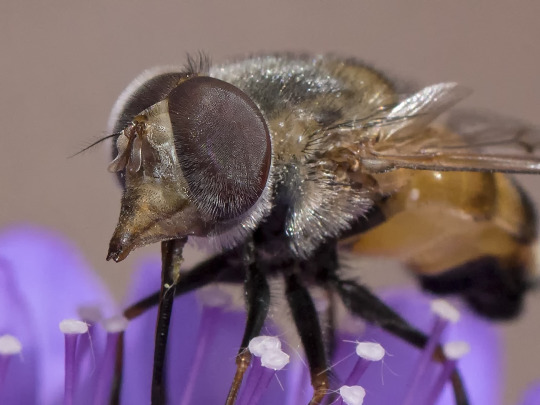
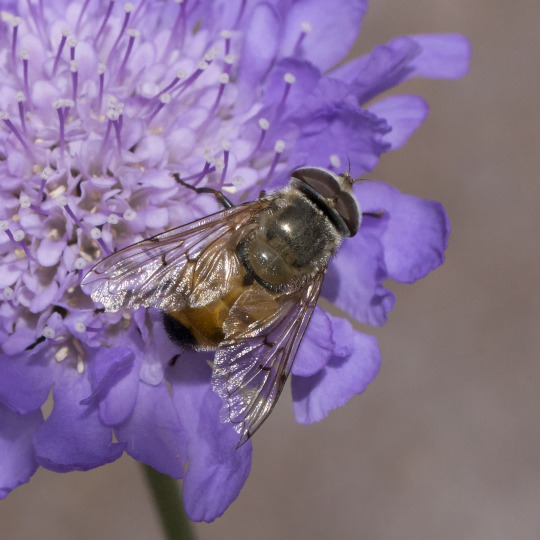


#insect#fly#face#flower#photographers on tumblr#textless#amadee ricketts#fancy#purple#pincushion flower#in the yard#garden#macro#texture#spring#april#arizona#fuzzy#bee mimic
380 notes
·
View notes
Photo
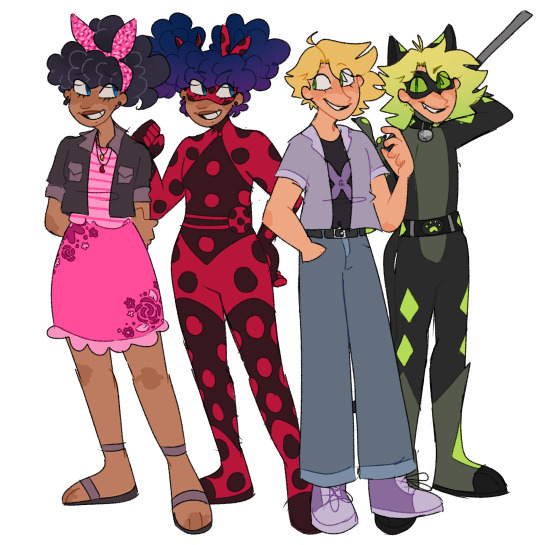

Reworked some of my redesigns, forgor to post them when I made them so here they are now :3
#art#miraculous ladybug#ml rewrite#marinette dupain cheng#adrien agreste#cat noir#Nino lahiffe#carapace#alya cesaire#rena rouge#chloe bourgeois#queen bee ml#these are so much better than my older ones lol#ESPECIALLY Rena I hate my old Rena rouge design#I tried to have queen bee’s costume kinda mimic ladybug’s#since Chloe is a big fan of ladybug n all that#miraculous redesign
2K notes
·
View notes
Text

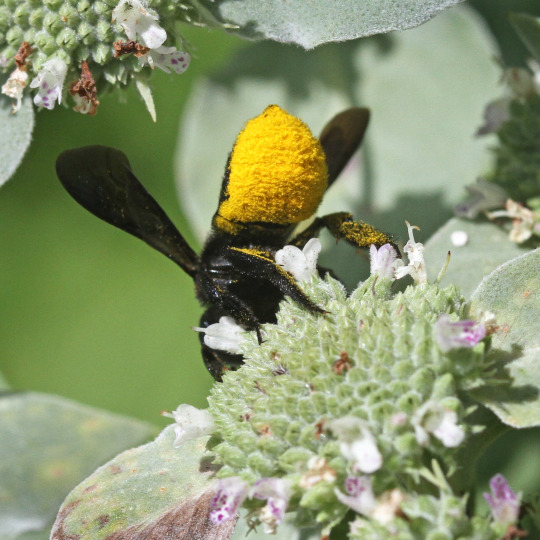


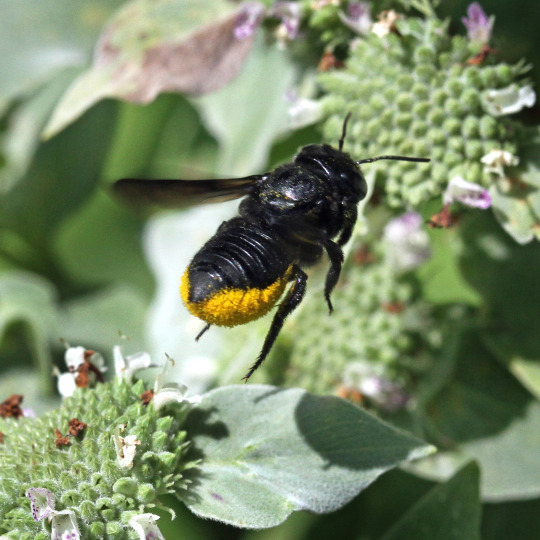
So. Much. Pollen.
Carpenter-mimic Leafcutter Bee (Megachile xylocopoides)
August 16, 2023
Southeastern Pennsylvania
#Megachilid Monday#bee#bees#photographers on tumblr#Carpenter-mimic Leafcutter Bee#bugs#bug#bugblr#entomology#insects#insect#hymenoptera#animals#nature#Megachilid
881 notes
·
View notes
